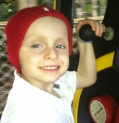The Childhood Cancer Blog
The Childhood Cancer Blog
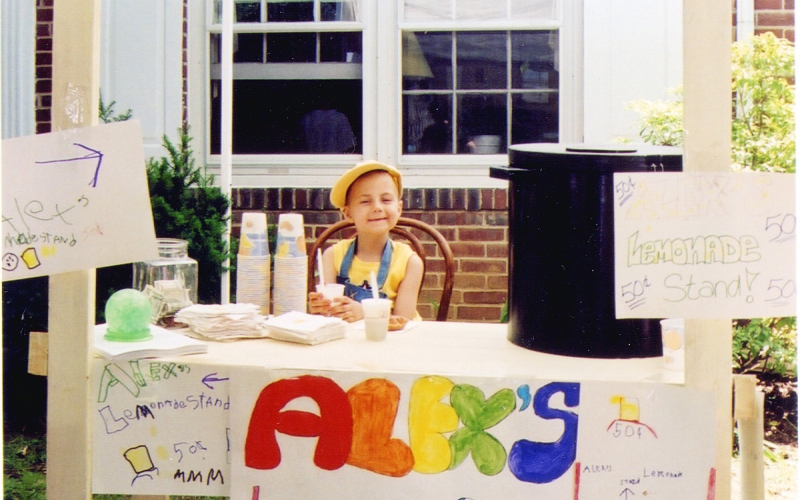
Alexandra “Alex” Scott said it best: “I think if we all work together, we can do it.”
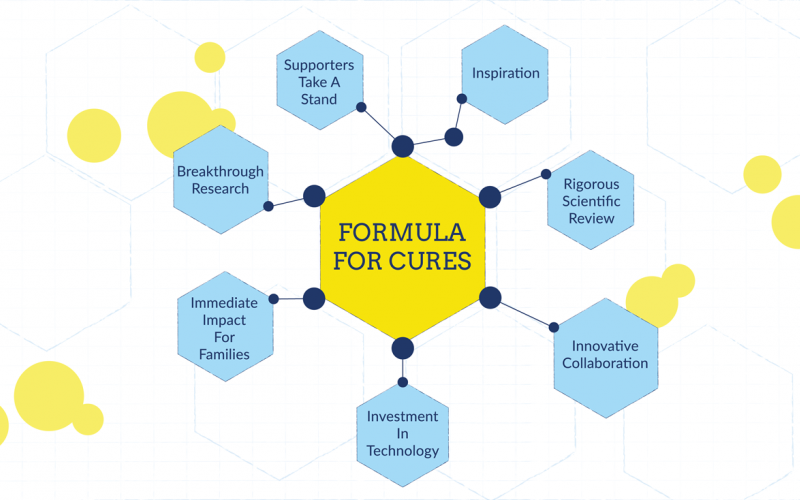
This is ALSF’s Formula for Cures. It starts and ends with the inspiration of supporters, heroes and researchers.
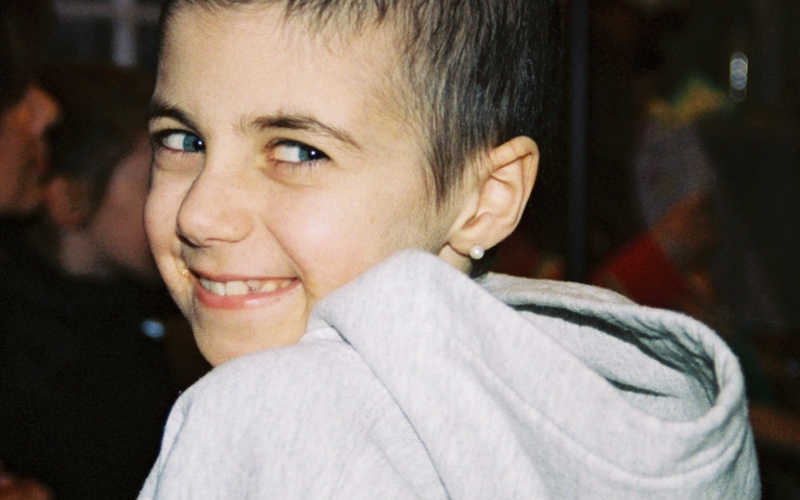
Alex Scott inspired supporters everywhere to make a difference—from stand hosts to corporate partners to children to adults to researchers—each of us has a contribution to make towards cures.
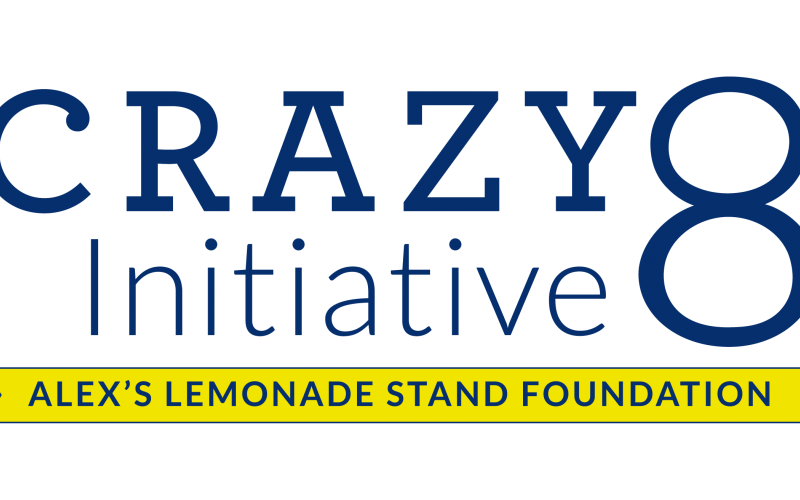
To maintain our dedication to rigorous scientific review, the Crazy 8 Initiative will create a roadmap to tackle the most pressing problems facing researchers.
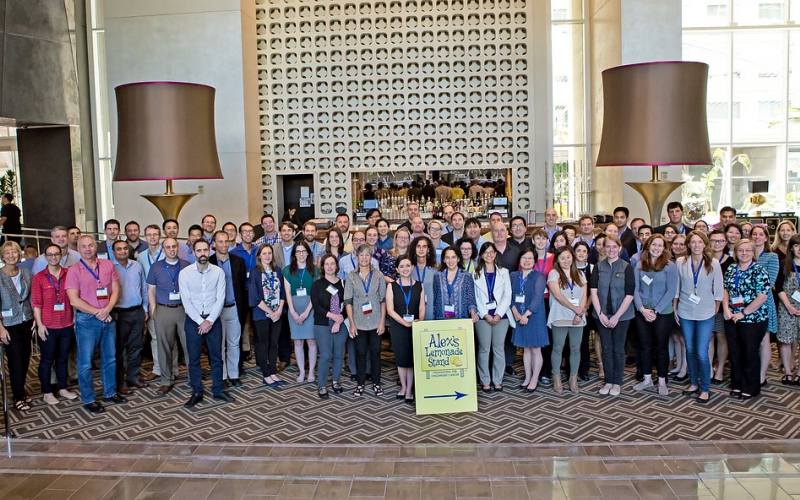
Each year, ALSF-funded Young Investigators gather to share their research, network and collaborate on ways to innovate their research.

Accelerating breakthrough research for hard to treat cancers like DIPG is critical. ALSF-funded researcher, Dr. Michelle Monje, recently discovered that a type of immunotherapy shows promise in the treatment of this deadly brain tumor.
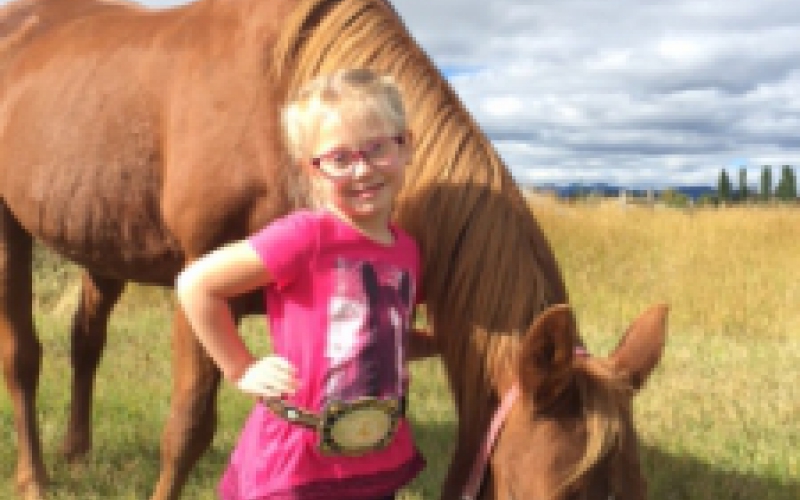
Willow’s family needed to make a 1,000 mile road trip every three months for her treatment for a rare brain tumor. The ALSF Travel for Care program was able to provide her with immediate financial support to receive her treatment at a facility far from home.

There is enough publicly available disease data at the National Institute of Health to fill up several hundred Libraries of Congress and through ALSF’s investment in technology, the Childhood Cancer Data Lab is translating that data into one consistent format for researchers to access and use.
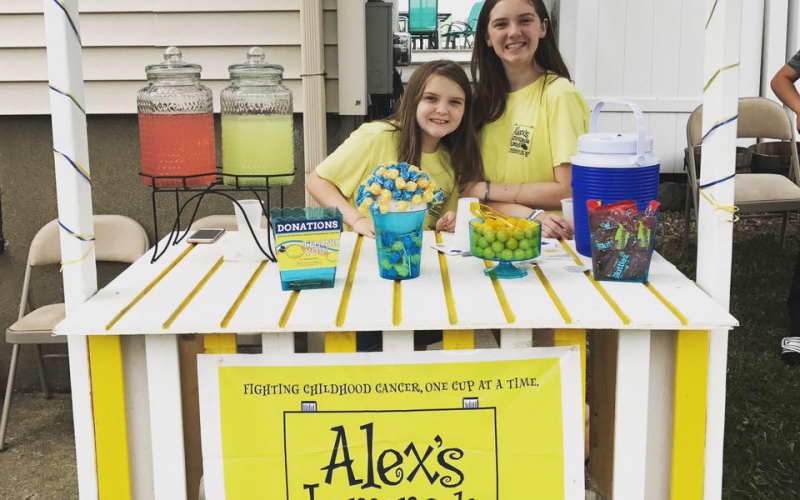
Supporters, like the Lemonettes, take a stand every day for cures. The sister duo has raised more than $15,000 since 2012.
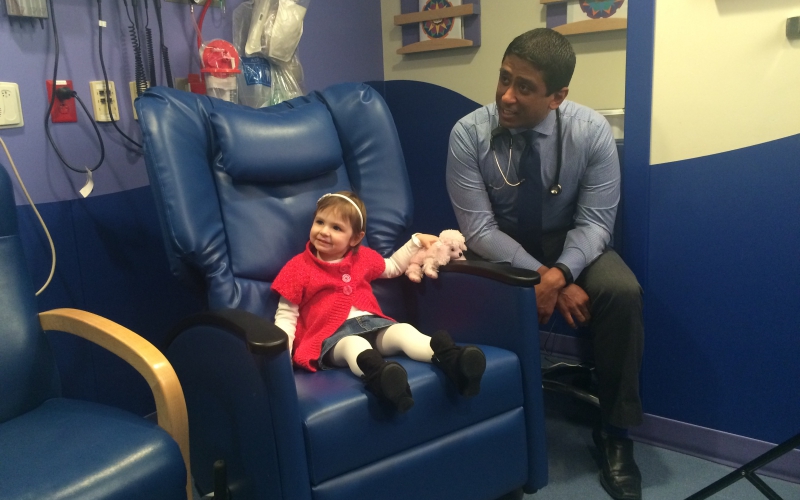
The inspiration for all the work we do begins and ends with our supporters. Dr. Glen Samuels and his patient, Malina, worked together to identify a biomarker for Ewing sarcoma. Dr. Samuels used Malina’s donated blood sample in the lab to study what happens in the blood when a child has Ewing sarcoma.
by Trish Adkins
Starting with her very first lemonade stand, Alexandra “Alex” Scott, Alex’s Lemonade Stand Foundation (ALSF) founder, sparked a movement—a movement not only to help sick kids get better and find cures for childhood cancer; but one that would inspire and call on each one of us to work together.
Over the last 13 years, childhood cancer heroes and their families, donors, volunteers, and of course, researchers have come together for one goal: cures for childhood cancer.
At ALSF, we have learned that curing childhood cancer is not just a product of... Read More

DIPG is a rare but lethal tumor that occurs in the brainstem. It mixes cancer cells with normal cells. About 300-400 children are diagnosed each year and live an average of 10 months after diagnosis.
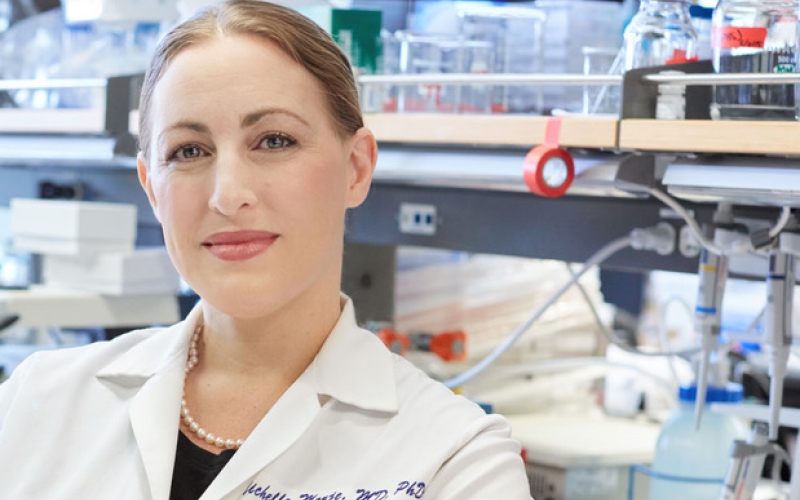
Michelle Monje, pictured here at her lab at Stanford University. In addition to DIPG research, Dr. Monje also studies spinal cord tumors, which can share genetic characteristics similar to high-grade gliomas like DIPG. Dr. Monje is also the co-chair for the High-Grade Glioma section at ALSF's Crazy 8 meeting this September in Philadelphia.
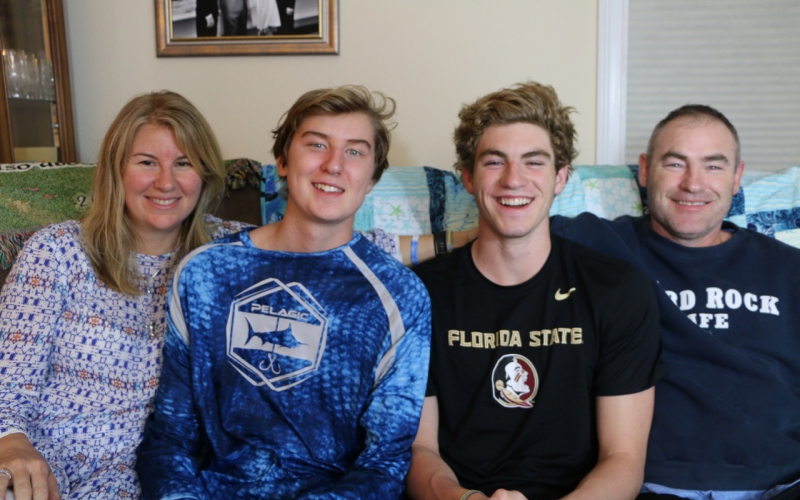
Kayne Finley was a kind and compassionate high school senior. In October 2016, Kayne experienced unusual health issues which led to a diagnosis of DIPG. One year and one day later, Kayne passed away. Kayne is pictured above with his mother, brother and father.

For doctors to find cures for lethal brain tumors, they need tissue samples. However, samples from a biopsy are often only enough for a clinician to use to determine the diagnosis. There is typically little left over for research purposes. Families and patients can make profound and meaningful gifts by donating post-mortem tissue to research labs to help doctors replicate, model and study tumors in ways not possible before. In the months before his death, Kayne, pictured above, signed a directive ensuring his tumor could be donated for DIPG research.
by Trish Adkins
When a child receives the diagnosis of diffuse intrinsic pontine glioma (DIPG), the diagnosis comes with an end date.
Thus far, DIPG is always lethal.
But, ALSF-funded grantee Dr. Michelle Monje of Stanford University, does not believe it has to be. Dr. Monje, who specializes in studying high-grade gliomas, is close to a powerful breakthrough that could change the prognosis for children with DIPG.
... Read More

Above, this map shows the RNA clustering of childhood cancer PDX models. RNA works as a messenger inside of cells, carrying instructions from DNA for controlling cellular activities, like cell division.
by Trish Adkins
In 2000, the first draft of the map of human genome—a mosaic representation of characteristics of what makes our biology uniquely human—was released. The map paved the way for more genomics research in several fields ranging from human biology to agriculture and gave scientists models of genetically normal cells which they could compare to abnormal cells, like those cells that make childhood cancer so deadly.
Now, in 2018, an ALSF funded-research project has resulted in the release of over 270 genetic sequences of 25 different types of childhood cancer used... Read More
Pages
















